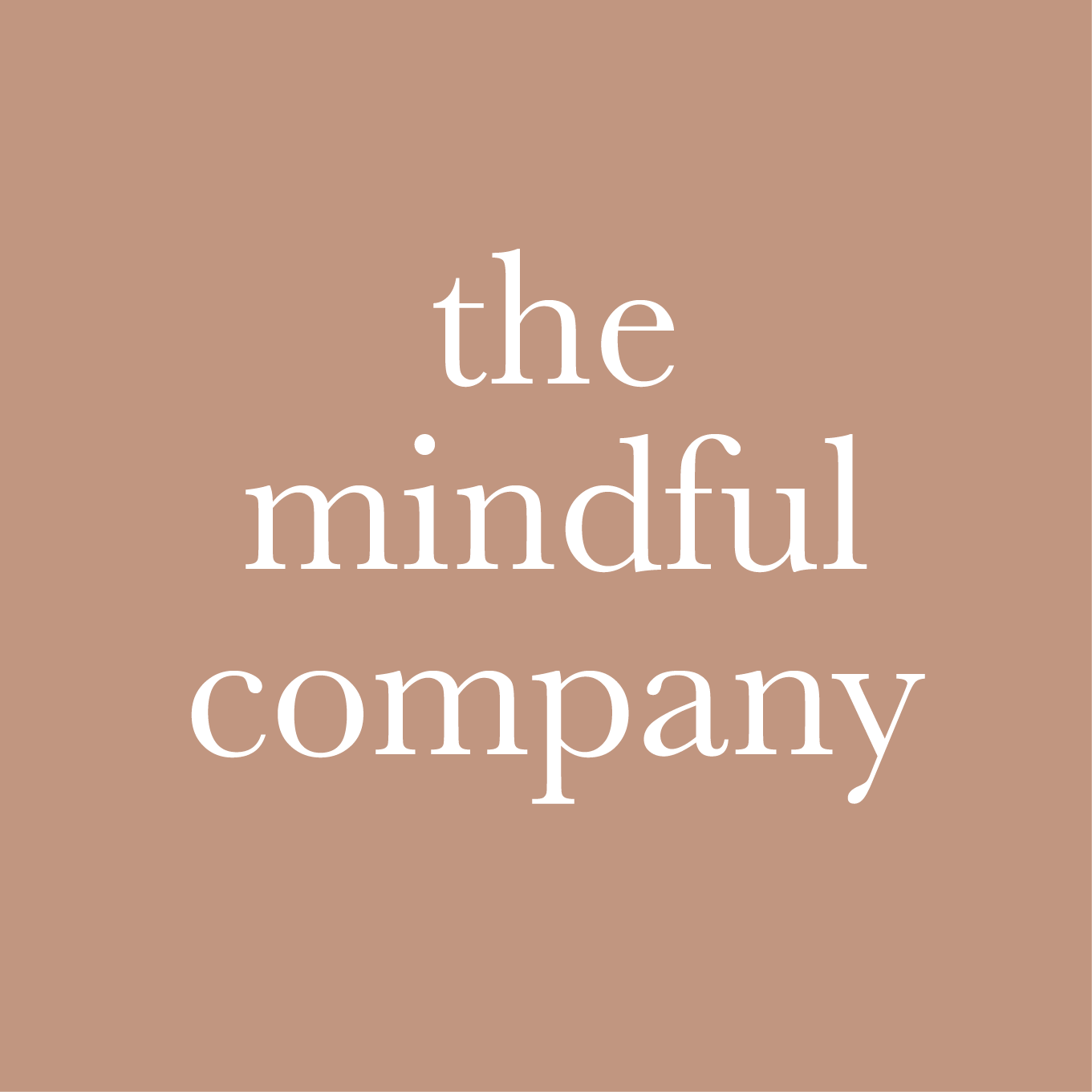What is kintsugi?
If you’ve heard of wabi-sabi, the Japanese philosophy celebrating imperfection, impermanence and incompleteness, you may have also come across kintsugi, the Japanese art of repairing broken ceramics with gold alloy. Seen as an artistic manifestation of the wabi-sabi philosophy, the origin of kintsugi dates back to 15th century Japan, when Japanese craftsmen were looking for more aesthetic means to repair broken ceramics. Its influence on international modern art is vast—it has been featured in museum exhibitions such as at the Metropolitan Museum of Art, and is even the album title of a popular American band, Death Cab for Cutie.
What’s so great about it?

Photo credit: Wikipedia
The popularity of this art form isn’t surprising because of the profound meaning it holds. Kintsugi is built on the idea of strength and beauty in imperfection. When a ceramic object breaks, the kintsugi technique involves using gold dust and resin (or lacquer) to reattach the broken pieces. The resulting piece thus incorporates the unique cracks into its design, and the gold lines add to the beauty of the piece while strengthening it. This art form is seen to many as a metaphor for brokenness and healing—that embracing one’s brokenness and imperfections can create something unique, beautiful and strong.
Kintsugi in everyday life
How can this Japanese art form or repair technique inspire and encourage us in our everyday lives?
1. It reminds us to embrace the asymmetry of life.
When an object breaks, it rarely does so evenly. Life is equally unpredictable and messy. Sometimes the bad outweighs the good, and other times the opposite is true. In kintsugi, the cracks on a vase aren’t hidden and are instead used as part of the design, a reminder that the ‘bad’ will always exist; it’s a normal part of life. But we have the power to still create something beautiful.
2. It reminds us to be more resilience-oriented than goal-oriented.
Kintsugi makes broken objects stronger than before. It refocuses our attention from what the object “should have been” (i.e. unbroken) to creating something beautiful and strong with what we do have. As author J. K. Rowling once said, “The knowledge that you have emerged wiser and stronger from setbacks means that you are, ever after, secure in your ability to survive.”
3. And well, it’s a reminder that if you break something, it’s not the end of the world.
Literally and figuratively.
Originally published at www.mindful-company.com


